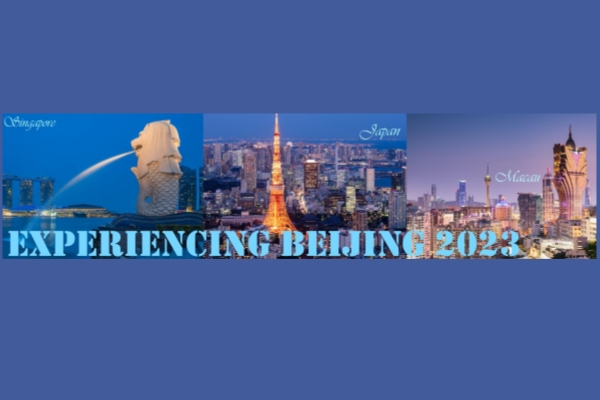Beijing Cultural Creative Industry Improvement Planning (2014-2020)
Main features:
1. To determine a development mode according to broad industrial characteristics.
The plan divides creative industries into three categories, namely traditional, advantaged, and fusion. It then identifies the significant parts to be supported through analysis of the anticipated scale and prospects of the three parts.
2. To strengthen industrial amalgamation and coordination.
Following the general pattern of structural change in the industry, the plan focuses on promoting the integration of culture with science and technology, finance, and other fields. To grasp the Beijing-Tianjin-Hebei area integration development opportunity, it puts forward a detailed industrial division for better regional collaborative development.
3. To emphasize innovation of the cultural creative industry.
Focusing on improvement of industrial development and competitiveness, the plan encourages the creation and dissemination of original works, and supports R & D of key industrial techniques. For example, it seeks new styles of industrial structure; industrial chains and industrial patterns that integrate culture, science, and technology. In this way, e-commercialization and financialization of trade will be highlighted in the art works trade.
Cores:
The plan clarifies the development model for improvement of the three main industrial categories.
1. Traditional industries
Original and high-quality production will be especially supported in the three traditional industries of 1) arts and culture, 2) broadcast, film and television, and 3) press and publication. The network cultural service mode will foster literature, art, film, television, and music creation and dissemination.
It should be noted that the mechanism will be adjusted to cultivate diversified markets, stimulate vitality of State-owned enterprises, and support development of mixed ownership enterprises and non-public-owned enterprises.
In the art and culture industry, to encourage original and high-quality work, to support collaborative development of diversified market subjects, to plan cultural resources as a whole, and to exploit cultural performance consumer markets;
In the broadcast, film and television industry, to stimulate reform and innovations like separating production and broadcast, to highlight industrial digital transformation and agglomeration of key film and television resources, and to raise brand vitality;
In the press and publication industry, to improve the publishing market system, to strengthen the emerging publishing formats, to protect copyright, and to encourage more enterprises to expand globally.
2. Advantaged industries
As for the three advantaged industries, namely, 1) advertising, convention, and exhibition, 2) art works trade, and 3) design services, innovations on business models and marketing models will be put in place. All the creative elements involving knowledge, technology and services will be gathered for better cultural expression.
In the advertising, convention and exhibition industry, to support trans-media operation, to attract the gathering of high end elements in various industries, and to improve professional services and activities’ impact;
In the art works trade industry, to encourage new ways of exhibiting art, to standardize trade markets, and to give impetus to e-commercialization and financialization of the art trade;
In the design services industry, to improve professional design, to cultivate and attract remarkable design subjects, to establish an industrial innovation platform, and to enhance design training.
3. Fusion industries
The planning aims to bring into full play the guiding role of culture, realize in-depth fusion of culture with science, technology, and finance, gradually change the traditional production and consumption pattern, transform traditional growth mechanisms, and increase the efficiency and cultural value of the industrial chain.
It also seeks fusion of culture and other industries including tourism, sports, urban design, agriculture and manufacturing, and changes to industrial structure, industrial chain and industrial patterns.
A fusion of culture with science and technology will develop animation and games, and new audio-visual media;
A fusion of culture with finance will support cultural consumption finance, exploit cultural credit products, speed up construction of a cultural financing services system, and support direct financing models;
A fusion of culture and other industries will explore cultural resources and develop cultural tourism, support exhibitions, performances and competitions through sports facilities, promote development of creative and urban leisure agriculture, elevate industrial design to a superlative comprehensive model, and improve the cultural quality of daily urban life.

Cultural Creative Industry Improvement Planning diagram

 Responsibilities of the SOCAAC
Responsibilities of the SOCAAC Experiencing Beijing 2023
Experiencing Beijing 2023